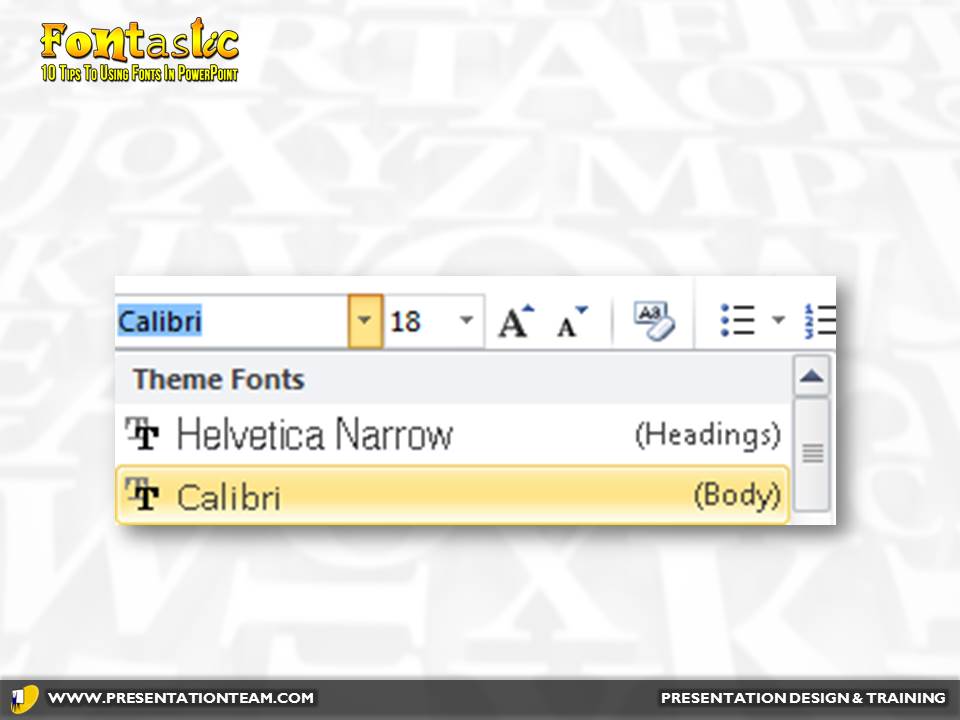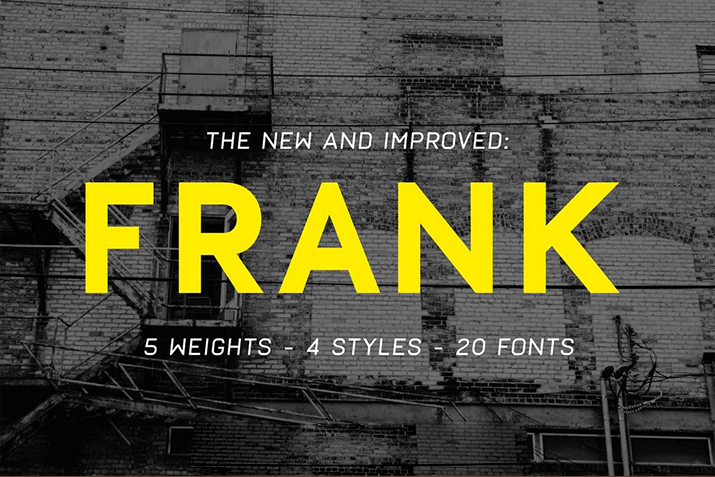

Serifs guide your eye as you navigate long blocks of text. If you're including a printed handout or a slide deck with a lot of text, relying on a serif font would work well. Many blog sites, such as Medium, use a serif font for body text, and the Kindle platform uses one as well.īut what about for a presentation? Well, it all depends on the “how” and “what” of the presentation itself.

For years, printed books and documents featured this type of font as it makes reading large blocks of small text easier. Serif Fonts and PresentationsĪ serif font guides the eye during reading. Which font should you use? Minor differences like the presence or absence of serifs can really affect the aesthetics of your presentation. Examples include Helvetica and Arial fonts. Times New Roman is an example of a serif font.Ī sans serif font does not have a small line.
:max_bytes(150000):strip_icc()/OF7Tm6f4kZ-0e50bf60417146f2bebaf2aea9d19ef6.png)
Serif fonts have a small line or extension attached to the end of a letter or symbol. The DifferenceĪlthough there seem to be hundreds of different fonts to discover when scrolling through options, they generally come down to just two categories: serif and sans serif. Have you thought about what font you will use? Will you use multiple fonts? Let’s break down the age-old debate between serif vs. Getting your point across to your audience is imperative! The tone, style, and even number of slides you use all figure into how your audience will digest your presentation. In the professional world, the right presentation can make the difference between a successful business deal and a lost opportunity.


 0 kommentar(er)
0 kommentar(er)
